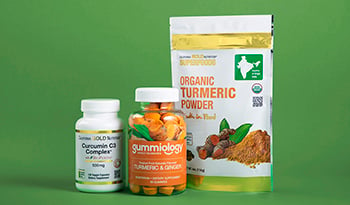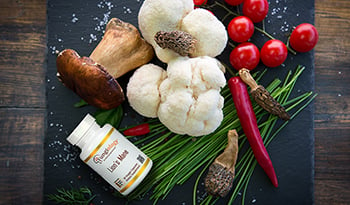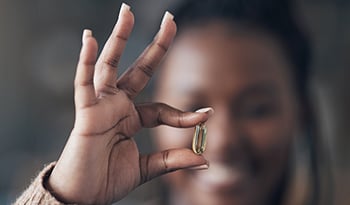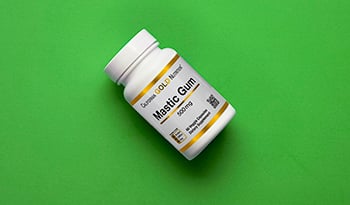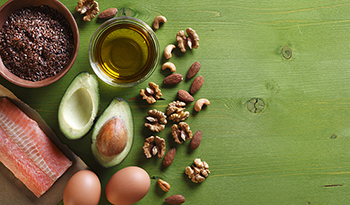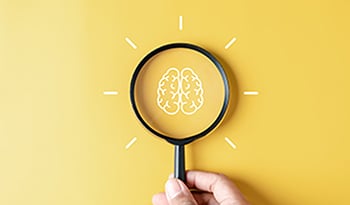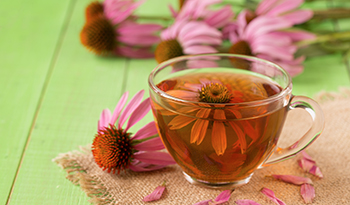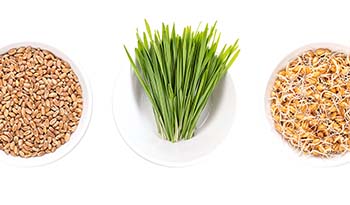Esencje kwiatowe: Zastosowania i korzyści
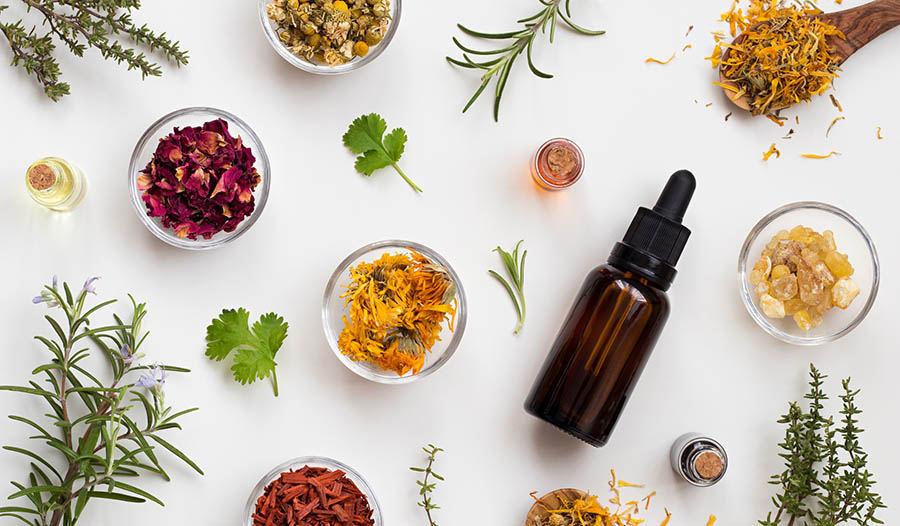
Esencje kwiatowe, zwane również lekami kwiatowymi, to napary wykonane z kwitnącej części rośliny. Użytkownicy esencji kwiatowych jako holistycznej metody leczenia starają się zająć psychicznymi, emocjonalnymi, a nawet duchowymi aspektami dobrego samopoczucia.
Czasami termin esencja kwiatowa może być mylony z terminemolejek eteryczny. . Jednakże, te dwie modalności zdrowotne są w rzeczywistości bardzo różne od siebie. W przeciwieństwie do olejków eterycznych, esencje kwiatowe są bezwonne. Podczas gdy olejki eteryczne zawierają fizyczne substancje wyekstrahowane z roślin, w esencjach kwiatowych nie ma fizycznych materiałów roślinnych.
W czystej postaci esencje kwiatowe składają się głównie z wody. W procesie znanym jako "metoda słoneczna" kwiaty są umieszczane w wodzie i pozostawiane do zaparzenia na słońcu. Inna metoda polega na gotowaniu kwiatów w wodzie. Po usunięciu kwiatów, płyn jest rozcieńczany i butelkowany z dodatkiem środka konserwującego (często alkoholu, takiego jak brandy lub wódka).
Celem stosowania esencji kwiatowej nie jest spożywanie lub wchłanianie ekstraktu z rzeczywistej rośliny, aby czerpać korzyści z jej związków fitochemicznych. Zwolennicy esencji kwiatowych wierzą, że wszystkie żywe istoty posiadają własną energię (zwaną również częstotliwością lub wibracją). Specyficzna energia każdego kwiatu jest odciśnięta w rozcieńczonym płynie. Użytkownik esencji kwiatowej czerpie korzyści z pochłaniania tej energii. Tak więc esencje kwiatowe działają energetycznie, a nie biochemicznie.
Esencje kwiatowe zostały opracowane przez angielskiego lekarza Edwarda Bacha na początku XX wieku. Bach, który zajął się homeopatią po wyleczeniu się z ciężkiej choroby, zaproponował i zbadał koncepcję, że każda roślina ma charakterystyczny wzór energii wibracyjnej, który można wyizolować i wykorzystać do poprawy określonych stanów emocjonalnych. Chociaż Bach mógł być pierwszym, który komercyjnie udostępnił esencje kwiatowe, koncepcja ta jest prawdopodobnie znacznie starsza. Uważa się, że rdzenni mieszkańcy Ameryki Północnejzbierali kiedyś krople rosy z kwiatów i wykorzystywali je jako lekarstwo.
Wbrew powszechnemu przekonaniu, esencje kwiatowe nie są lekami homeopatycznymi, chociaż są bardzo rozcieńczone, podobnie jak wiele leków homeopatycznych. Podstawową zasadą homeopatii jest to, że "podobne leczy podobne" . {Stosowanie esencji kwiatowych opiera się jednak na koncepcji, że pozytywna energia rośliny może złagodzić negatywny stan emocjonalny.
Jak używać
Istnieje kilka różnych metod wykorzystania esencji kwiatowych. Możesz przyjmować je doustnie prosto z butelki z zakraplaczem. Standardowa dawka to 4 krople, 4 razy dziennie. Lub, jeśli wolisz, dodaj wszystkie krople do szklanki wody i popijaj przez cały dzień. Zamiast tego możesz nałożyć krople na skórę, dodać trochę do wody do kąpieli lub rozpylić je jako mgiełkę w samochodzie. Esencja kwiatowa musi po prostu nawiązać z tobą kontakt.
Czy są bezpieczne i skuteczne?
Jak to często bywa w przypadku holistycznych metod leczenia, nie ma ogromnej ilości opublikowanych badań na temat esencji kwiatowych i ich korzyści. Finansowanie takich badań może być trudne do wygenerowania. Biorąc pod uwagę, że esencje kwiatowe działają na poziomie emocjonalnym i poprzez pola energetyczne ciała, trudno jest również przeprowadzić badania przy użyciu konwencjonalnych metodologii.
Jednak brak badań nie powinien być kojarzony z brakiem skuteczności: istnieje wiele niepotwierdzonych dowodów na to, że wiele osób zgłasza bardzo dobre wyniki stosowania esencji kwiatowych.
Co więcej, można je uznać za nietoksyczne, ponieważ są bardzo rozcieńczone. W esencji nie ma materiału roślinnego, więc prawdopodobieństwo wystąpienia niepożądanej reakcji jest niewielkie. Jedyne ryzyko może dotyczyć osób wrażliwych na alkohol, ponieważ wiele esencji zawiera brandy lub wódkę jako środek konserwujący. Ponadto osoby przyjmujące niektóre leki (takie jak disulfiram lub metronidazol) mogą odczuwać nudności lub wymioty z powodu obecności alkoholu.
Konkretne korzyści
Każda esencja kwiatowa ma na celu złagodzenie określonego negatywnego stanu emocjonalnego. Poniżej znajdziesz niektóre z najpopularniejszych esencji kwiatowych.
- Lłuk (Larix decidua) może zapewnić wzrost pewności siebie poprzez zajęcie się twoim strachem przed porażką.
- Męczennica (Passiflora incarnata) może pomóc w stanach lękowych i bezsenności, ponieważ wiele osób uważa, że ma działanie uspokajające i zgłasza lepszą jakość snu.
- Hibiskus (Hibiscus rosa-sinensis) wspiera energię seksualną i reprodukcyjną.
- Śliski wiąz (Ulmus rubra) jest stosowany w celu złagodzenia bólu gardła i kaszlu. Wiele osób uważa, że ma on działanie lecznicze w przypadku niestrawności i zapewnia pewne korzyści ochronne dla przewodu pokarmowego.
Dopóki uzyskujesz dobre wyniki i nie ma żadnych szkód, stosowanie esencji kwiatowych ma sens. Jednak w przypadku poważnej choroby nie są one zalecane jako jedyna metoda terapeutyczna. Najlepiej jest używać esencji kwiatowych, aby poprawić swoje samopoczucie w sposób wspierający, a nie służyć jako zamiennik leczenia medycznego.
WYŁĄCZENIE ODPOWIEDZIALNOŚCI:Celem niniejszej Strefy Zdrowia nie jest stawianie diagnoz...

















































































 Spis treści
Spis treści



